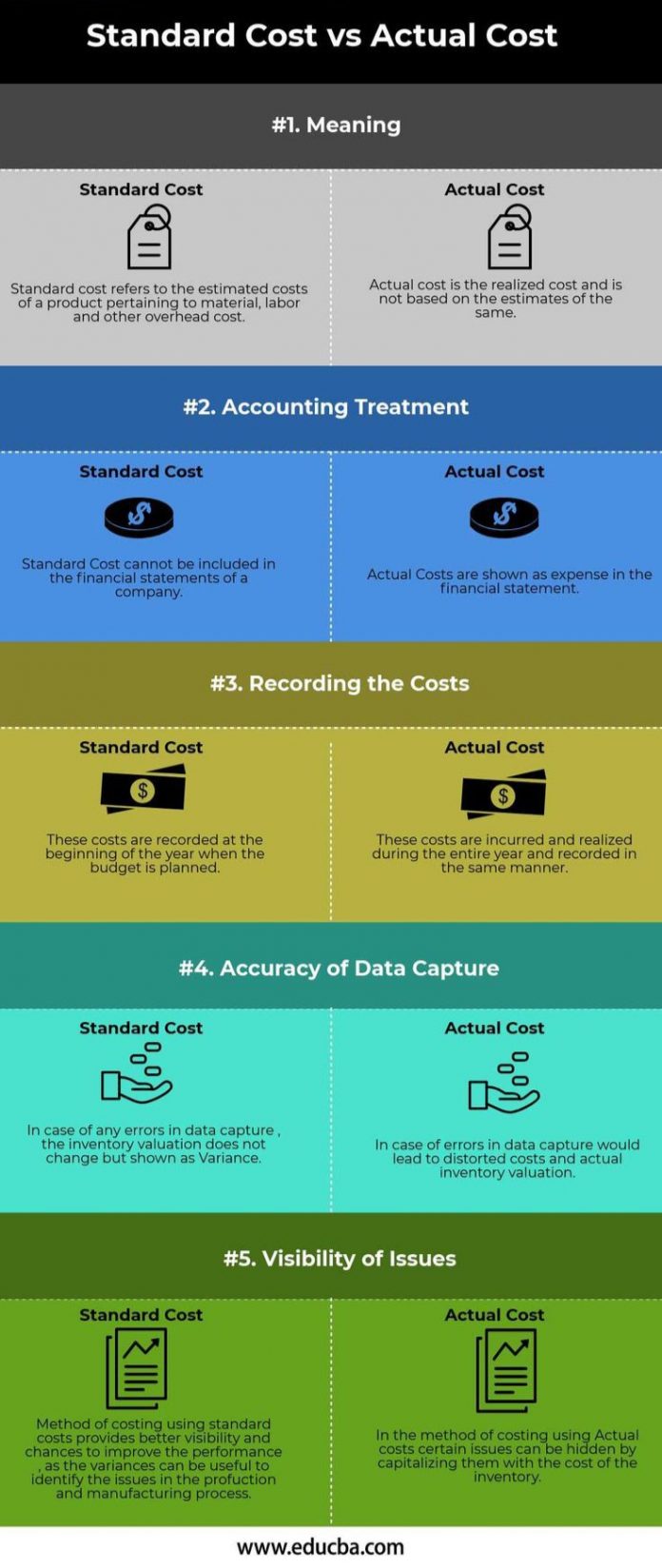Cost control is a critical aspect of managing a business, as it helps to ensure that expenses are kept within budget, and profitability is maintained. Effective cost control methods involve identifying and reducing unnecessary expenditures, while still providing the necessary resources to run the business. In this article, we will discuss eight cost control methods that can be used to help manage costs effectively.
Budgeting
Budgeting is the process of creating a detailed plan for the financial year, including projected revenue, expenses, and cash flow. It is a key tool in cost control as it provides a clear picture of the company’s financial position and allows for the identification of areas where costs can be reduced. By setting realistic budgets, a business can avoid overspending and ensure that it has sufficient funds available to meet its obligations.
Activity-based costing
Activity-based costing is a cost control method that identifies the cost of specific activities within a business and the resources required to perform them. By determining the cost of each activity, a company can identify opportunities for cost reduction and make informed decisions about how to allocate its resources. This method is particularly useful for businesses that have complex operations and multiple products or services.
Value analysis
Value analysis is a cost control method that evaluates the value of products or services, considering their function and cost. This method helps businesses to identify areas where they can reduce costs by improving efficiency or simplifying processes. By considering the value of each product or service, a company can make informed decisions about how to allocate its resources and minimize unnecessary expenses.
Bench Marking
Benchmarking is a cost control method that involves comparing a business’s performance to that of its competitors. By analyzing the practices of other successful businesses, a company can identify areas where it can improve its own operations and reduce costs. This method is particularly useful for businesses that operate in highly competitive markets, as it allows them to stay ahead of their competitors and maintain a competitive edge.
Outsourcing
Outsourcing is a cost control method that involves transferring certain functions or activities to external suppliers. By outsourcing non-core activities, a business can reduce costs, as external suppliers often have lower overhead costs and more efficient operations. This method is particularly useful for businesses that need to access specialized expertise, as outsourcing allows them to access these resources without having to hire and train their own staff.
Inventory management:
Inventory management is a cost control method that involves controlling the flow of goods and materials into and out of a business. By carefully managing inventory levels, a company can minimize waste, reduce costs associated with storing and handling inventory, and ensure that it has the materials it needs to meet customer demand. This method is particularly important for businesses that hold large amounts of inventory, as it can help to minimize the risks associated with holding large quantities of stock.
Process improvement:
Process improvement is a cost control method that involves identifying and improving the processes used to produce products or deliver services. By streamlining processes, a business can reduce the time and resources required to complete tasks, increase efficiency, and lower costs. This method is particularly useful for businesses that have complex operations, as it allows them to improve their overall efficiency and minimize waste.
Lean methodology:
Lean methodology is a cost control method that focuses on eliminating waste and improving efficiency in all aspects of a business’s operations. This method involves using a variety of tools and techniques to identify and eliminate non-value-added activities, improve flow, and minimize waste. By adopting a lean approach, a business can reduce costs, increase efficiency, and improve its overall competitiveness.
You might find these FREE Courses Useful:
- Construction Cost Estimating and Cost Control
- Project Execution and Control
- Engineering Project Management: Scope, Time
- Estimación de la línea base de tiempos y costos
Conclusion
n conclusion, cost control is a vital aspect of managing a business, as it helps to ensure that expenses are kept within budget and profitability is maintained. By utilizing various cost control methods such as budgeting, activity-based costing, value analysis, benchmarking, outsourcing, inventory management, process improvement, and lean methodology, businesses can effectively manage their costs and make informed decisions about how to allocate their resources. Each of these methods provides a different approach to cost control, and the most effective approach will depend on the specific needs of each business. By adopting a combination of these methods, businesses can minimize waste, increase efficiency, and improve their overall competitiveness.





